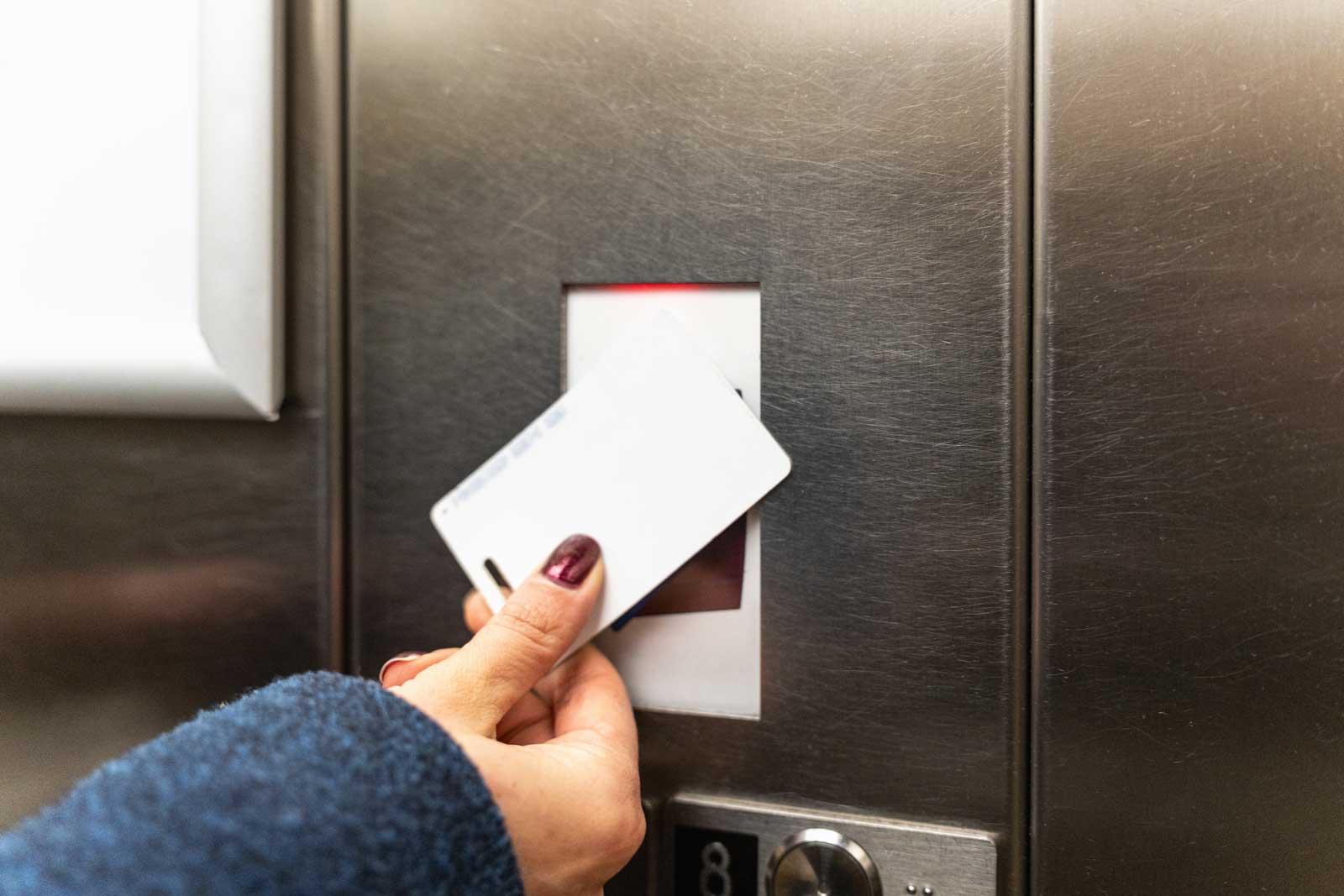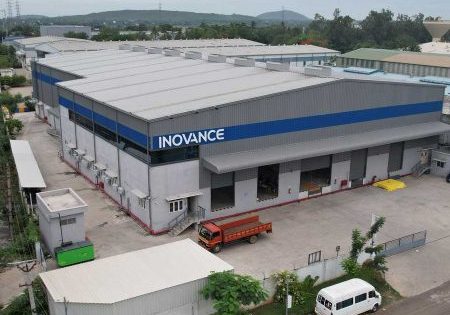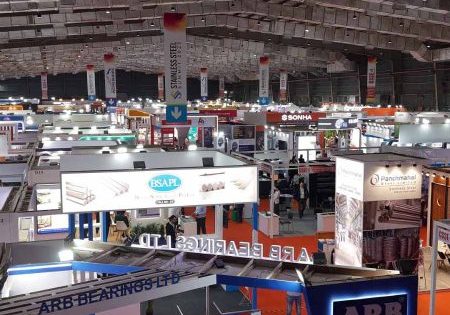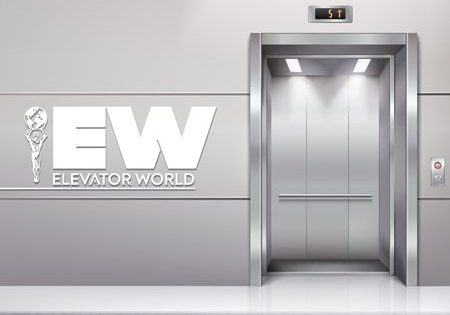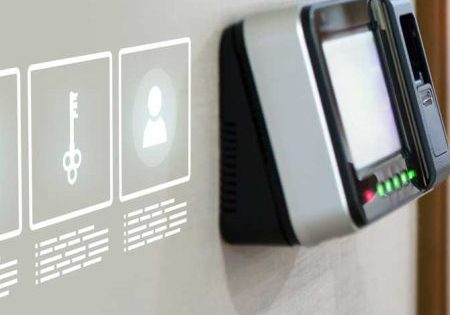Protecting people, assets and sensitive information
Elevator user expectations are increasing day by day. In addition to the regular features, like smooth travel, high speed, aesthetics and travel comfort, users expect more sophisticated and personalized elevator services.
India’s real estate and infrastructure sector is poised for transformation, driven by emerging technologies like AI-powered Building Management Systems (BMS), Internet of Things (IoT) and Global Navigation Satellite System-based toll systems, enhancing efficiency and customer experience.
The purpose of such a system is to provide privacy, isolation, limited or restricted movement or approach and safety. An access control system is a security system that limits access to certain areas or resources. It can be used to control access to physical spaces, like buildings, or digital resources, like apps and data.
Today’s electronic access control systems offer significantly more flexibility and security. With the advent of digital and cloud-based technologies, modern systems not only enhance security but also offer centralized management, making it easier for property managers and building owners to handle access permissions remotely.
Many access control systems typically only allow registered users entry and often lack comprehensive visitor management features, highlighting the necessity for a more robust system that addresses the needs of both registered users and visitors in secure environments.
The elevator access security system consists of a door access control reader in the elevator, an elevator control unit and special elevator control software.
The access control system is used to determine the floors that can be reached based on the door access control credential. For example, all the accountants who work on the fifth floor can reach that floor but will not be able to go to the IT department on the third floor. Floors that contain general areas, such as the cafeteria or fitness center, would typically be available to everyone.
The access control software can be programmed to allow certain people to go to specific floors on specific days and times. Executives can go to any floor at any time.
There are various types of access control systems, which include:
- Biometric system
- Keyboard/radio frequency identification reader
- Mobile access
- PIN code access
- BMS
Building access control refers to an access control security system that manages and regulates who is permitted to enter or exit a building or specific areas within it. The primary goal of any access control system is to protect people, assets and sensitive information by ensuring that only authorized individuals gain access to secured spaces.
This is accomplished by verifying the identity of users through various access credentials such as key cards, biometric data or PIN codes. Beyond simple entry and exit, access control systems often play a broader role in managing security across entire properties, ensuring that potential security breaches are mitigated.
Elevator access control interface is a system that integrates access control technology with an elevator system, allowing for secure and controlled access to specific floors based on user credentials.
Key Components and Functionality
- Credential Readers: These devices, typically located inside the elevator car, verify user credentials (e.g., cards, key fobs, mobile devices).
- Elevator Control Unit (ECU): This unit, often located in the elevator control room, receives signals from the credential readers and determines which floors are accessible based on the user’s credentials.
- Access Control Software: This software manages user access permissions, including which floors are accessible to which users, and can be programmed to allow access based on time, day or other criteria.
- Network Connectivity: The system typically includes network connectivity to allow for centralized management and monitoring of access control functions.
How It Works
- A user approaches the elevator and presents their credential to the reader.
- The reader transmits the credential data to the elevator control unit.
- The ECU checks the user’s access permissions against the access control software.
- If the user has permission to access a specific floor, the ECU enables the corresponding button(s) on the elevator car panel.
- The user can then select their desired floor.
Benefits of Elevator Access Control
It provides restricted access to specific floors, improving building security. It improves people flow and can optimize elevator usage by allowing only authorized personnel to access specific floors. It can also be used to restrict access to certain floors during emergencies.
Get more of Elevator World. Sign up for our free e-newsletter.
